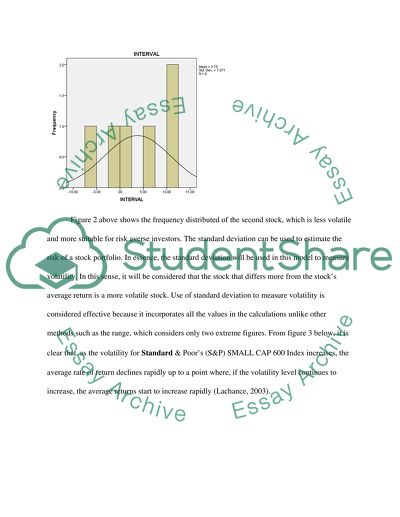Cite this document
(“Introduction to financial modelling Assignment Example | Topics and Well Written Essays - 3500 words”, n.d.)
Retrieved from https://studentshare.org/finance-accounting/1611888-introduction-to-financial-modelling
Retrieved from https://studentshare.org/finance-accounting/1611888-introduction-to-financial-modelling
(Introduction to Financial Modelling Assignment Example | Topics and Well Written Essays - 3500 Words)
https://studentshare.org/finance-accounting/1611888-introduction-to-financial-modelling.
https://studentshare.org/finance-accounting/1611888-introduction-to-financial-modelling.
“Introduction to Financial Modelling Assignment Example | Topics and Well Written Essays - 3500 Words”, n.d. https://studentshare.org/finance-accounting/1611888-introduction-to-financial-modelling.


